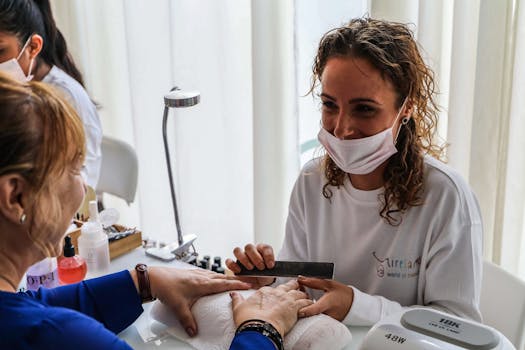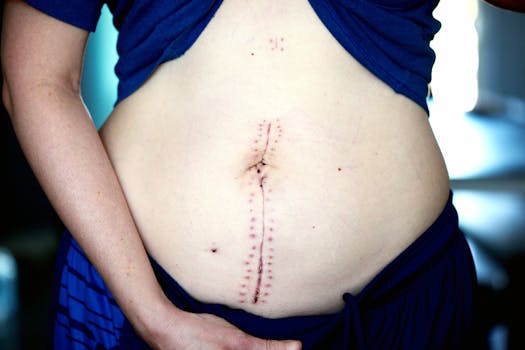Recovering from a procedure can be both exciting and anxiety-inducing, especially when monitoring early regrowth. If you’re wondering what to expect hair transplant after 3 months, this guide offers realistic milestones, care tips, and quick answers to common concerns so you know when to be patient and when to consult your surgeon.
What to Expect 3 Months After Your Hair Transplant
By the three-month mark most patients are moving out of the initial shedding phase and starting to notice fine, soft hairs emerging from the implanted grafts. This period—often referred to as hair transplant three months or hair transplant 3 months post op—can feel slow because new growth tends to be vellus (thin and light) before thickening. If you’re comparing recovery, some people document progress with 3 months after hair transplant photos to track subtle improvement.
Typical Milestones
- Weeks 8–12: Shedding phase resolves and miniaturized hairs begin to appear.
- 3 months post hair transplant: Light fuzz and short hairs become visible; density is still low.
- 4 month hair transplant results: At around month four, many see more consistent growth and the first sense of changing texture.
How FUE 3 Months Growth Differs from FUT
With fue 3 months results, the donor area often looks healed with minimal linear scarring, and transplanted follicles start showing tiny hairs. Both FUE and FUT patients report a similar timeline of shedding and regrowth, though scar management and donor-site care differ. Expect gradual improvement; the most noticeable changes typically arrive between months 6–12.
Practical Care Tips for Hair Transplant 3 Months Post Op
At this stage you can be more active in your scalp care routine while still avoiding harsh interventions. Gentle shampooing, light scalp massages, and avoiding direct sun exposure without protection are recommended. When choosing shampoos and topical products, consider scalp-friendly options—this is also a good time to research broader skin-friendly habits like those in eco-friendly skincare: sustainable products and practices for healthy skin, which can guide you toward less irritating, more sustainable choices for long-term scalp health.
Do and Don’t Checklist
- Do use mild, sulfate-free shampoos and lukewarm water.
- Do follow any topical medication instructions from your clinic (minoxidil, PRP guidance).
- Don’t undergo aggressive chemical treatments or high-heat styling yet.
- Don’t assume uniform density—growth is uneven early on.
Monitoring Progress: When to Expect Noticeable Change
Many patients review their journey with terms like hair transplant 4 months or hair transplant 4 months results to compare photos. While some see meaningful improvement at four months, most people report substantial visible density improvement between 6 and 12 months. If you’re tracking hair transplant three months photos, be patient—texture and thickness evolve slowly.
Red Flags That Need Attention
If you notice persistent redness, intense pain, infection signs (pus, fever), or sudden, widespread loss of grafted hairs beyond the expected shedding, contact your clinic. Most common concerns at this stage are transient and manageable, but your surgeon should be your first point of contact for any worrying symptoms.
Adjunct Treatments and Expectations
Supplementary therapies—topical minoxidil, low-level laser therapy, or platelet-rich plasma (PRP)—are often considered after the first few months to encourage growth. Discuss timing with your provider; some clinics start or resume certain therapies around the 3–4 month mark when grafts are more secure. Remember: individual biology matters — genetics, age, smoking, and nutrition influence outcomes.
For evidence-based background on the biology of hair loss and treatment considerations, reputable medical resources provide useful overviews and clinician guidance. See trusted medical summaries for more context on hair restoration approaches and timelines from a reliable health resource: Harvard Health on hair loss and treatment considerations.
Quick Tips Before Your Follow-Up
- Bring progress photos, including any 3 months post hair transplant images, to your follow-up visit.
- Note any medications or supplements you started since surgery.
- Ask your surgeon about expectations for density and the typical timeline for your specific technique.
FAQ
Q: Is it normal for transplanted hairs to look thin at three months?
A: Yes. Early regrowth is often vellus and fine; substantial thickening usually occurs later, with clearer results by months 6–12.
Q: Should I expect full results by four months?
A: No. While some improvement appears by four month hair transplant results, full maturation and density can take much longer. Four months is an intermediate checkpoint rather than the final outcome.
Q: Can I resume vigorous exercise at 3 months post op?
A: Many clinics clear moderate exercise by this time, but avoid activities that risk trauma to the scalp or heavy sweating for extended periods until your surgeon advises otherwise.






